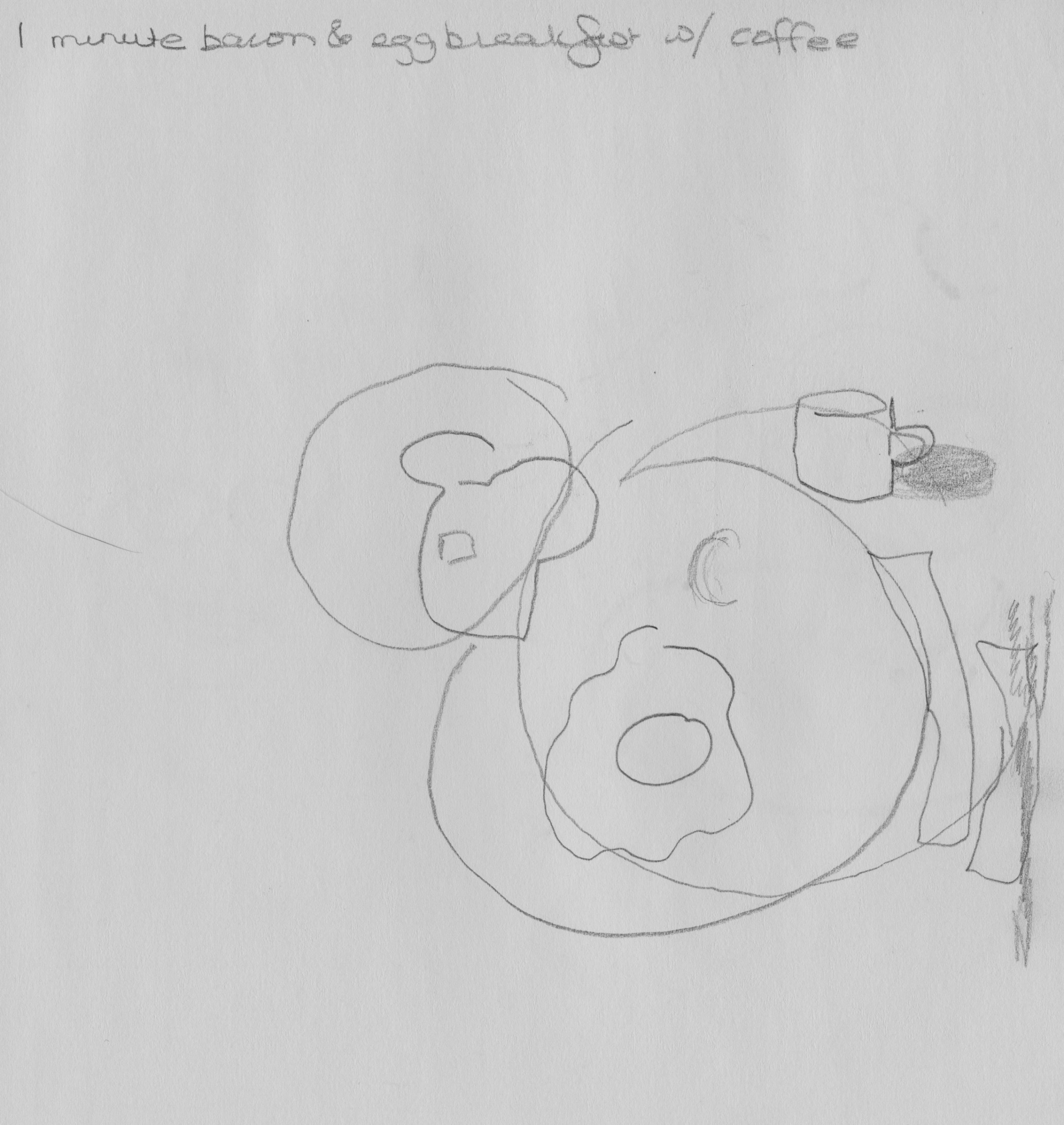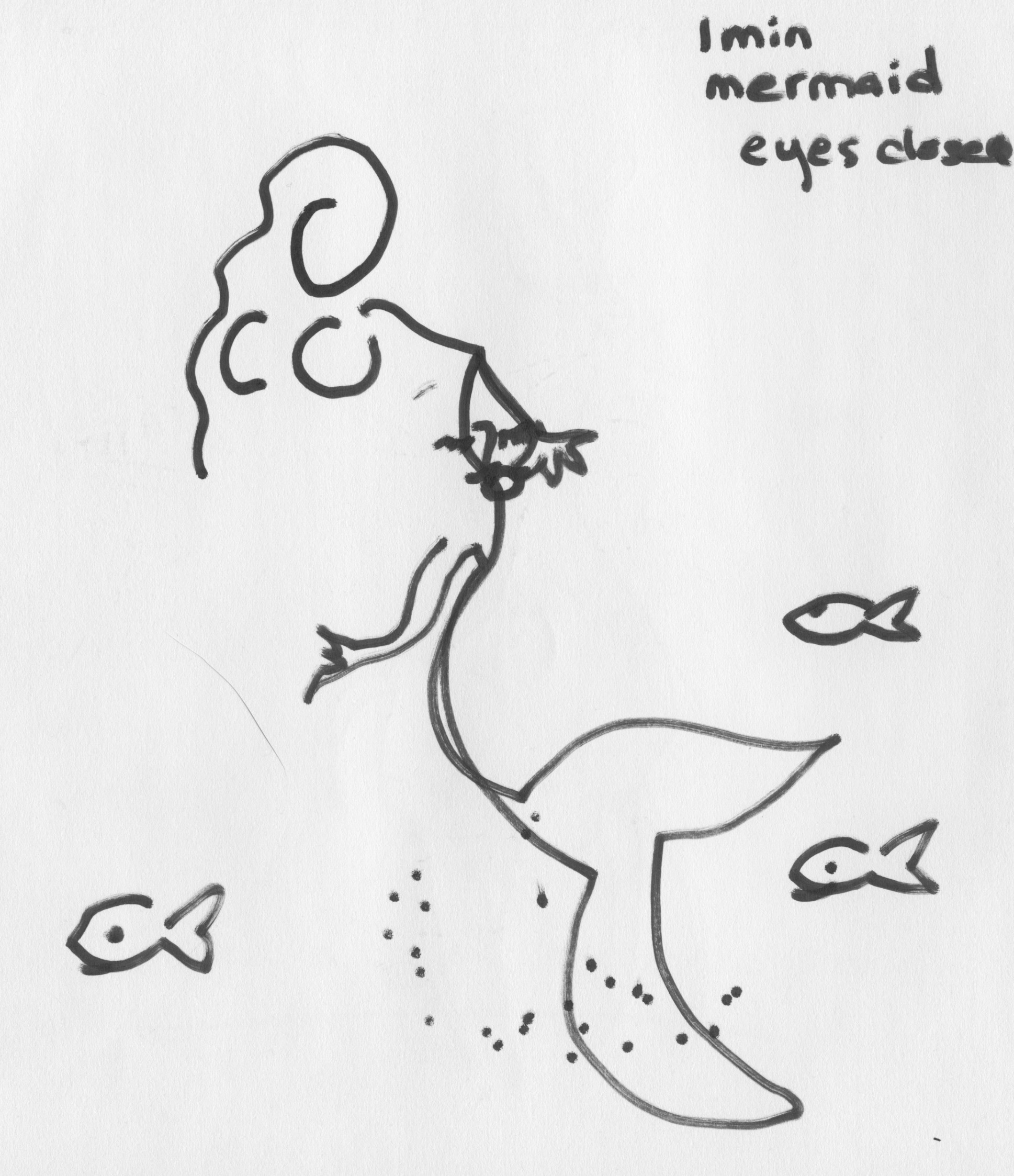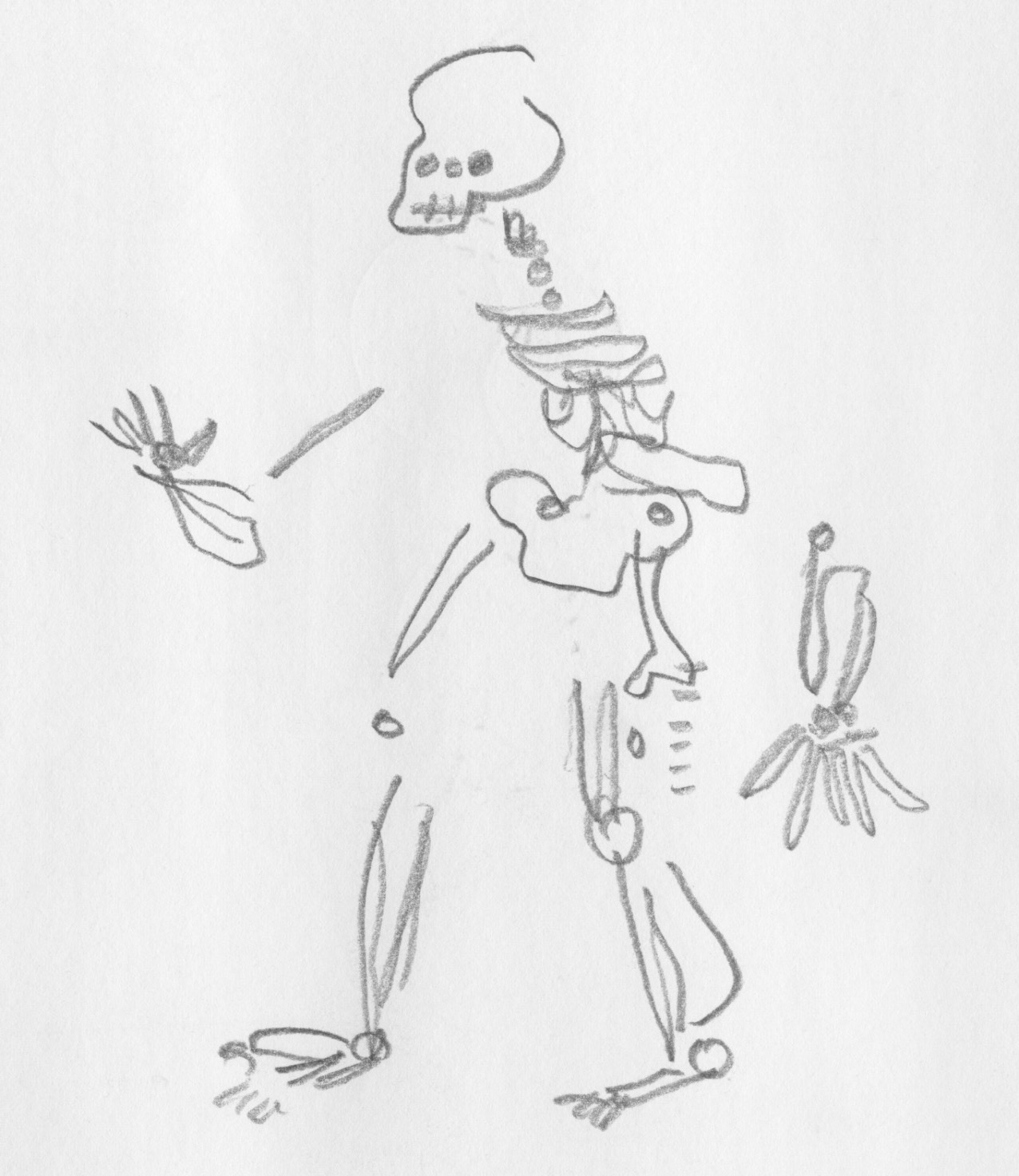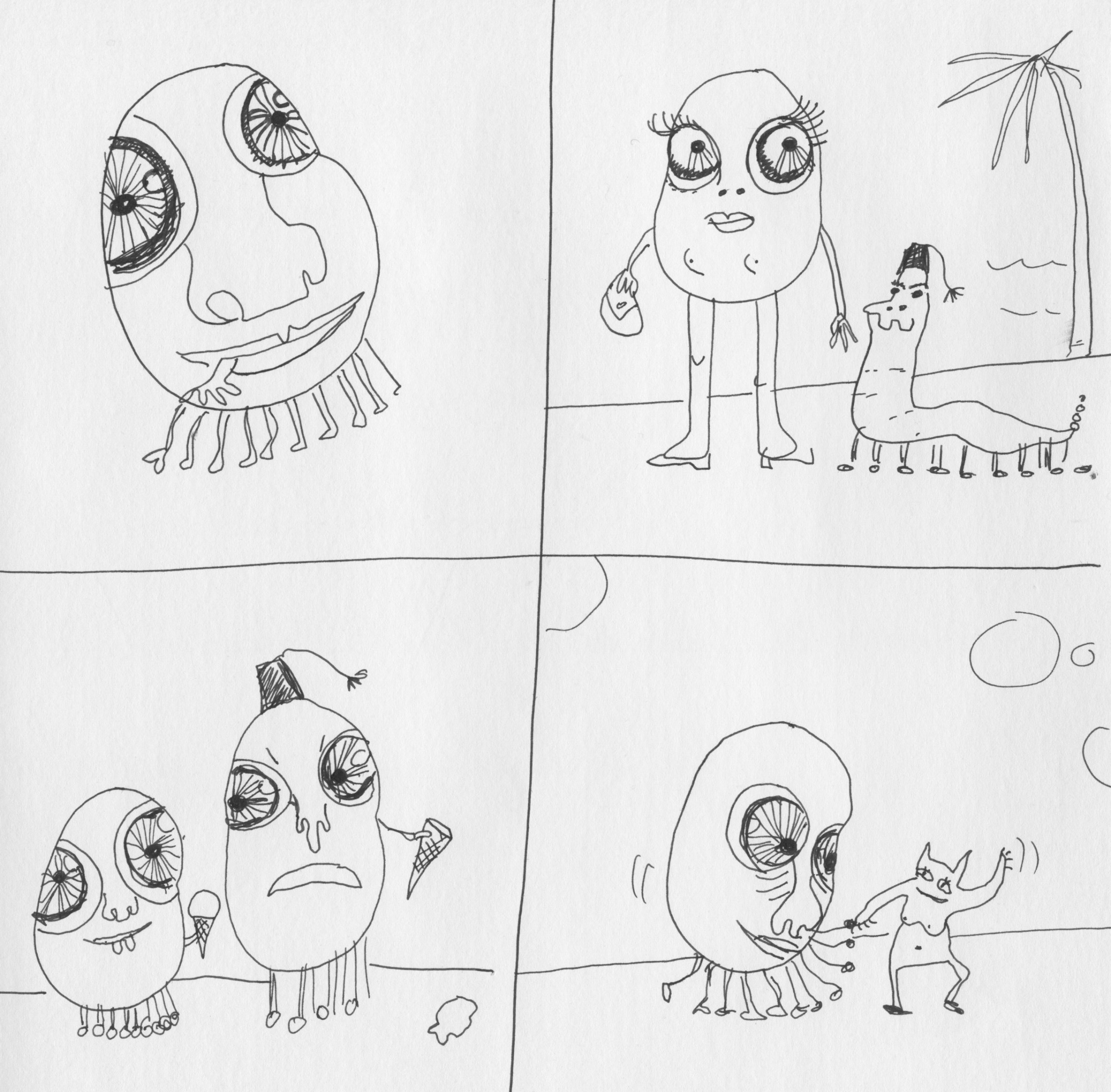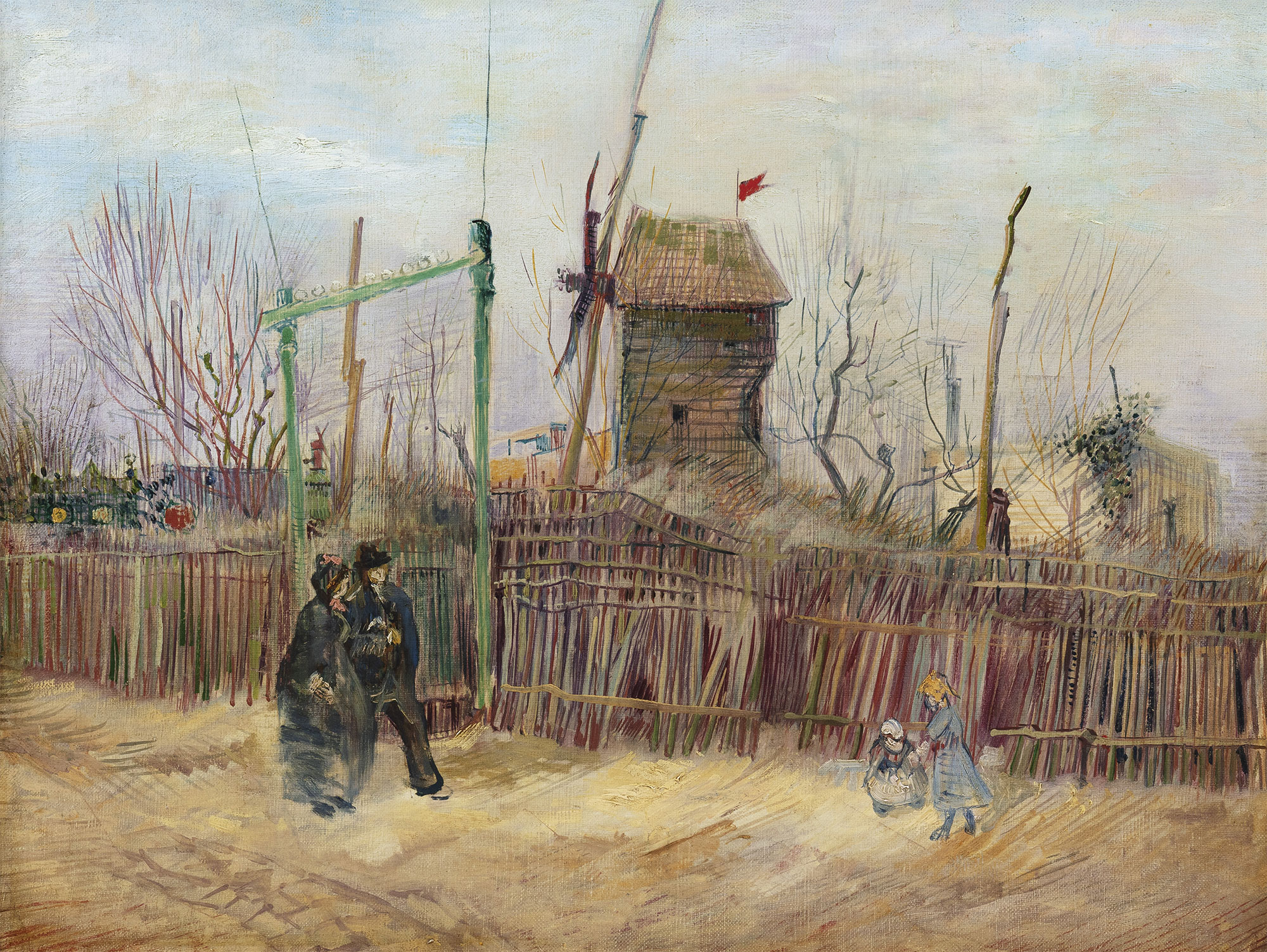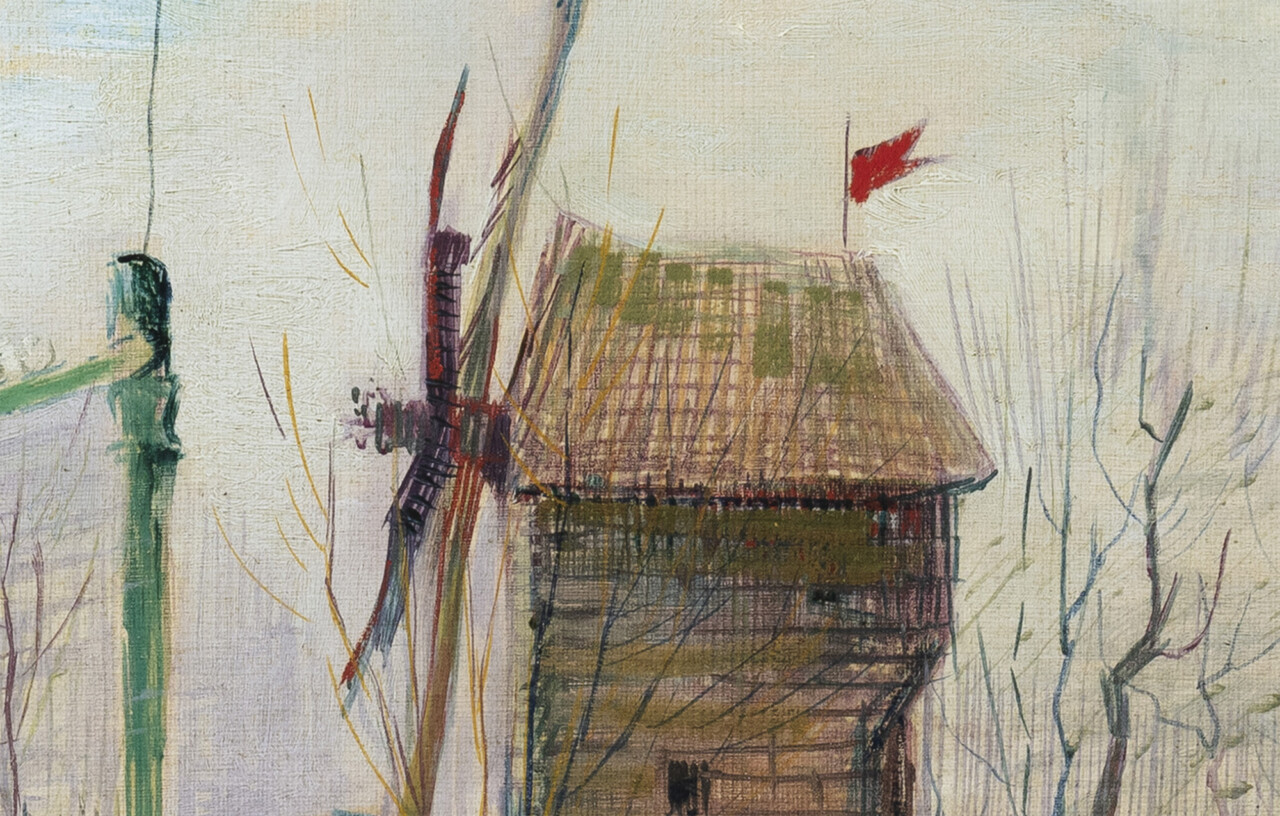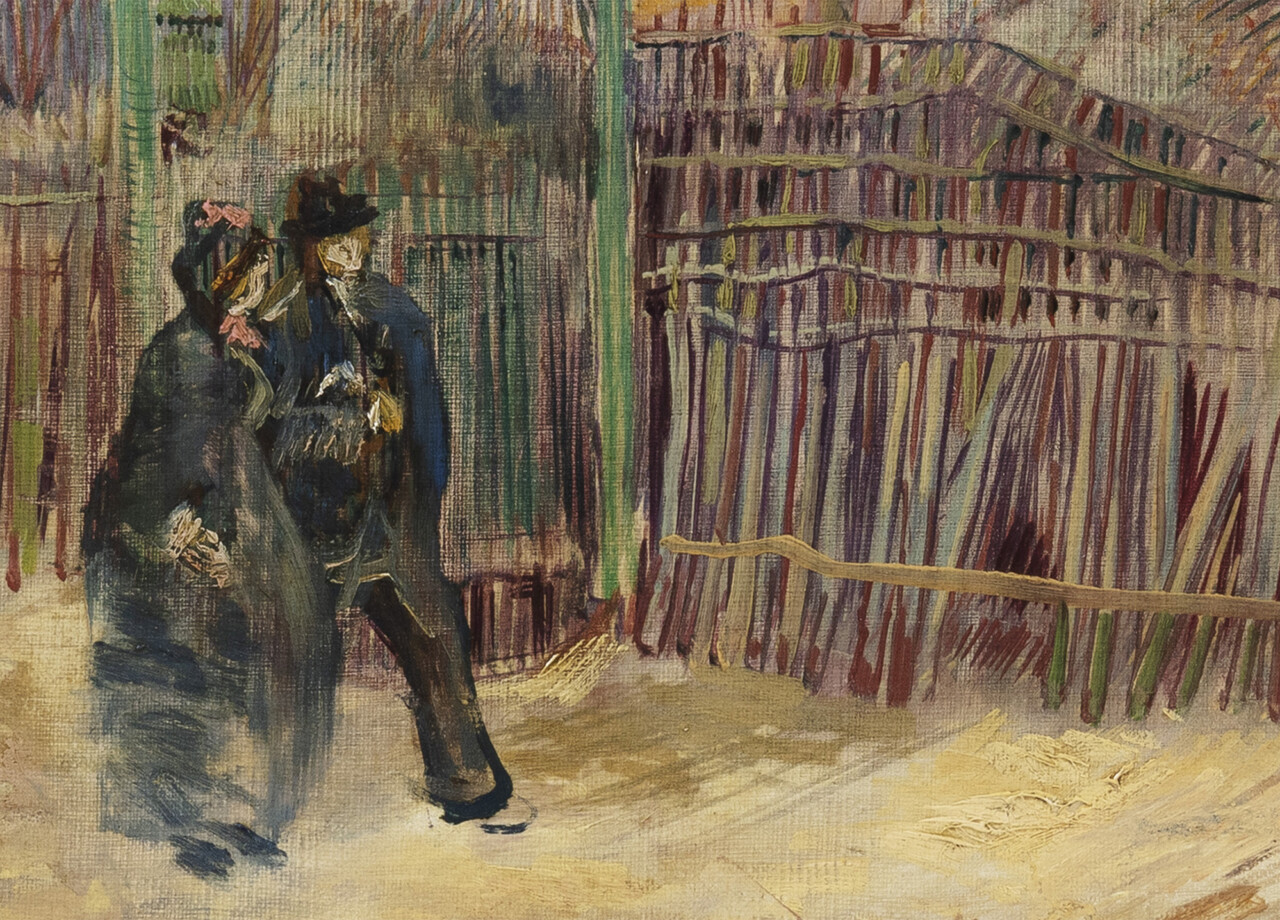
We live in an age of less-than-total agreement as to the purpose of higher education. Should it immerse students in the best that has been thought and said? Provide an environment in which to come of age? Produce “leaders”? Or should it, as increasingly many argue, first and foremost secure professional futures? In the practice of recent decades, higher education has done a bit of each, to the satisfaction of some and the dissatisfaction of others. It has, in other words, become an industry subject to “disruption” by other players offering specialized solutions of their own. Take for example the new Career Certificates offered by Google and the online education platform Coursera.
“Designed to prepare learners for an entry-level role in under six months,” as Coursera CEO Jeff Maggioncalda explains it, these newly-unveiled Career Certificates “don’t have any prerequisites,” which means that most anyone interested in earning them can do so right now. This goes for “new grads landing their first job, front-line workers seeking stable employment, mid-career professionals making a pivot, or parents planning their return to the workforce,” and presumably myriad other walks of life besides.
Available in Data Analytics, Project Management, and User Experience (UX) Design, “each certificate is completely online, self-paced, and costs $39 per month” — significantly less than most existing forms of higher education, even of the most professionally or technologically oriented varieties.
If you’ve dipped into our list of online courses, you’ve probably encountered Coursera, a leading platform for massive online open courses (or MOOCs) used by some of the world’s best-known traditional universities. Its new provision of Google’s Career Certificates should go some way to making more familiar — at least to those us who’ve already learned online — a reimagining of professional education. This program’s “disruptive” potential, due not least to Google’s own consideration of these certificates as equivalent to a four-year degree, has already been well noted. “But while the new programs offer a fast track to new skills and possibly even a new job in a fraction of the time of a degree program,” writes Inc.‘s Justin Bariso, “students shouldn’t expect the courses to be a walk in the park.” And given that they’re unlikely to get easier, anyone interested in earning a Career Certificate would do well to look into it today.
Below, you can find a list of the new Career Certificates.
- User Experience (UX) Design Professional Certificate – UX design jobs are projected to steadily grow over the coming years, with median salaries for an entry-level role around $82,000. This seven-course certificate explores UX principles, UX terms, and industry-standard tools, including Figma and Adobe XD. By the time they complete the program, learners will have three portfolio projects to use in their job applications.
- Data Analytics Professional Certificate – In the U.S., there are nearly 15,000 open entry-level data analytics roles, with an annual median entry-level salary of more than $63,000. This seven-course certificate explores analytical skills, concepts, and tools used in many introductory data analytics roles – including SQL, Tableau, RStudio, and Kaggle.
- Project Management Professional Certificate – Employers will need to fill nearly 2.2 million new project-oriented roles each year through 2027, according to the Project Management Institute. This six-course certificate prepares learners to launch a project management career. It covers industry-standard tools and methods, including the agile project management system, and key soft skills, such as stakeholder management, problem-solving, and influencing.
- IT Support Professional Certificate — Prepare for an entry-level job as an IT support specialist. In this program, you’ll learn the fundamentals of operating systems and networking, and how to troubleshoot problems using code to ensure computers run correctly. This is for you if you enjoy solving problems, learning new tools, and helping others.
- IT Automation Professional Certificate — This is an advanced program for learners who have completed the Google IT Support Professional Certificate. This is for you if you want to build on your IT skills with Python and automation.
The new certificates have been added to our collection, 200 Online Certificate & Microcredential Programs from Leading Universities & Companies.
Note: Open Culture has a partnership with Coursera. If readers enroll in certain Coursera courses and programs, it helps support Open Culture.
Related Content:
Free Online Computer Science Courses
1,500 Free Online Courses from Top Universities
Based in Seoul, Colin Marshall writes and broadcasts on cities, language, and culture. His projects include the Substack newsletter Books on Cities, the book The Stateless City: a Walk through 21st-Century Los Angeles and the video series The City in Cinema. Follow him on Twitter at @colinmarshall or on Facebook.
